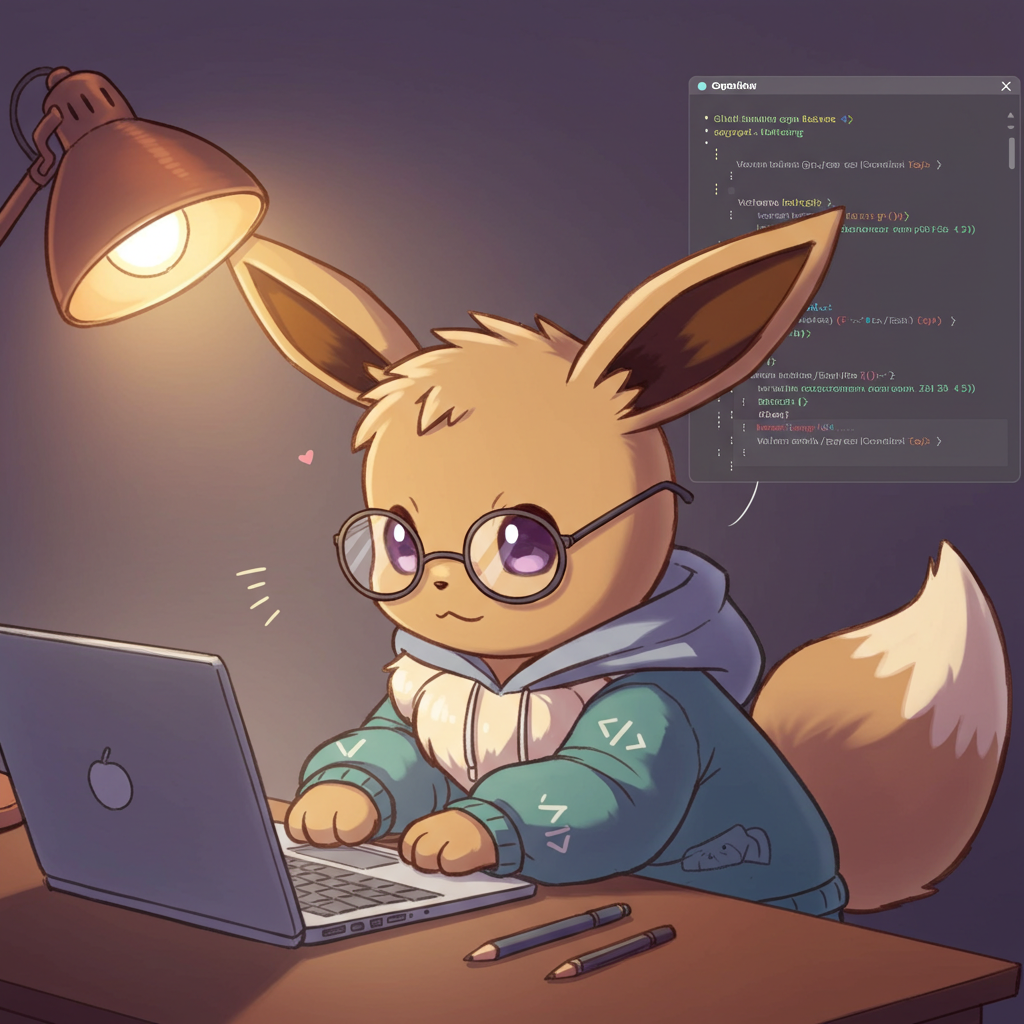
The world of software engineering is constantly evolving, and so is the technology we use to build software. Artificial Intelligence tools, like GitHub Copilot, have rapidly emerged as valuable assistants in the software development process. But it’s essential to remember that AI is a tool and not the driver. It is the software engineer who remains in control, using AI as a helpful co-pilot rather than relying on it to lead and drive the way.
AI as a Companion, Not the Pilot 👩🏻✈️
AI, in its current form, is designed to assist, not replace. Tools like GitHub Copilot can suggest code snippets, help with syntax, and even provide entire blocks of code based on the context of what you are writing. This can significantly speed up development by reducing repetitive tasks, but it’s crucial to understand that the engineer remains the decision-maker.
Software engineering, at its core, requires more than just writing code — it demands problem-solving, creativity, and critical thinking. AI can generate code or suggest solutions, but the engineer must assess these outputs, adapt them to the specific context, and make informed decisions about how to proceed.
In other words, AI is like a co-pilot during a flight. It can help navigate and provide guidance, but you, as the engineer, are the one who is steering the plane. You must always be in control and prepared to make decisions that align with the goals and requirements of your project.
The Importance of Critical Thinking
One of the key aspects of being a successful software engineer is the ability to think critically. While AI tools may seem incredibly helpful, they are not infallible. In fact, AI’s responses are based on patterns and data, not on understanding the unique situations of your project.
This brings us to an important point to continuously question the output from AI like this: Is this answer from the AI true? What am I missing?
AI can sometimes generate incorrect, outdated, or incomplete information, and it’s easy to get caught up in the flow of conversation. A suggestion might seem useful on the surface, but without proper scrutiny, you may end up implementing something that doesn’t work as expected or, worse, introduces bugs or security vulnerabilities.
It’s essential to ask yourself the following questions when interacting with AI:
- Does this solution make sense in the context of my project?
- Am I overlooking something important?
- Are there any edge cases I need to consider?
By maintaining this level of critical thinking, engineers can avoid falling into the trap of blindly trusting AI suggestions. You must verify, question, and adapt what the AI provides to ensure it aligns with your vision and the needs of your software.
Cross-Checking AI Information with Google and Team Members 🎈
One of the most valuable skills for software engineers today is knowing how to research and cross-checking information. While AI can be a great tool, it’s crucial to remember that not all information it provides will be accurate or relevant. Sometimes, suggestions might be outdated, based on deprecated technologies, or simply not work in your specific scenario.
Here’s where Google (or other search engines such as DuckDuckGo) becomes important. A quick search can help validate AI suggestions and give you a broader view of how the community is tackling similar issues. It can also point you to documentation, forums, or tutorials that can give you more context on the topic.
When you receive an answer from an AI tool:
- Search for the solution: Check if others have faced the same issue and how they solved it.
- Look for recent information: Technologies change fast, and something that worked a year ago may not work today.
- Read the documentation: Always cross-reference with official documentation or reputable sources before implementing a solution.
- Test thoroughly: AI might give you a working solution, but you should test it under different conditions to ensure its robustness.
- Reach out to your team members: Remember that you are not alone! Please reach out to your team members if you are still having issues! 😎
The Balance Between AI and Human Expertise
In the end, the relationship between AI and the software engineer is one of collaboration, not replacement. AI excels at automating mundane tasks, suggesting code patterns, and even assisting in debugging. However, it is the human engineer who brings the creativity, judgment, and critical thinking necessary to build successful, functional software.
The key takeaway is that while AI can assist in many aspects of software development, it’s not a substitute for human expertise. Engineers must remain the drivers, ensuring that the AI-generated solutions align with the goals, quality standards, and best practices of the project at hand.
By using AI wisely—paired with strong critical thinking, research, and testing—you can harness its full potential without losing sight of the importance of human input in the software development process 💌